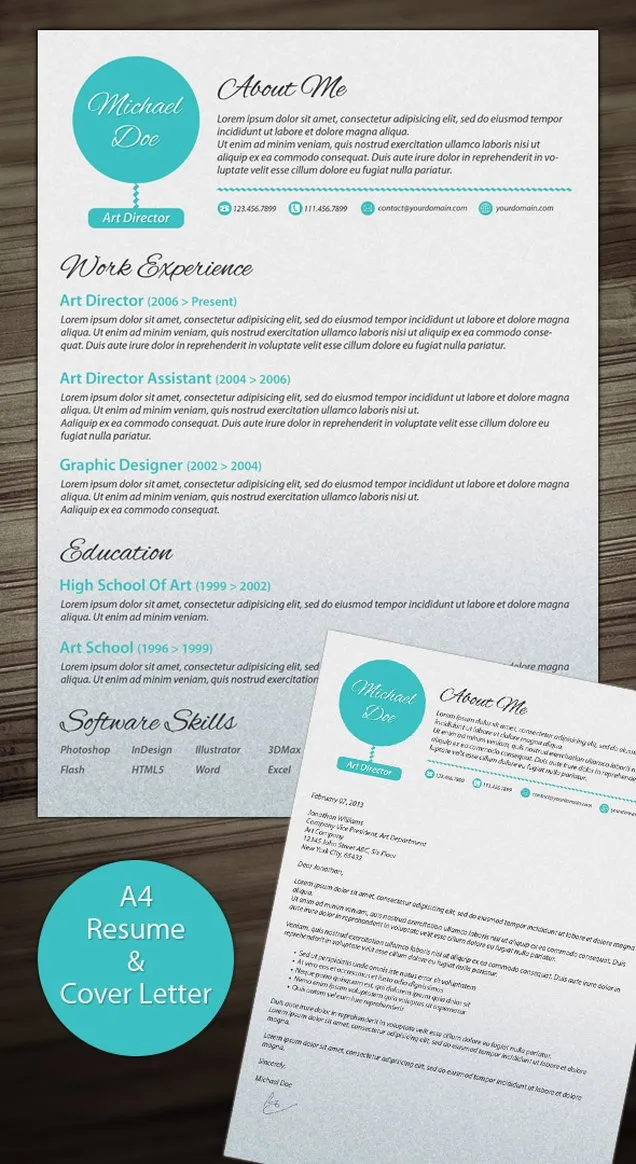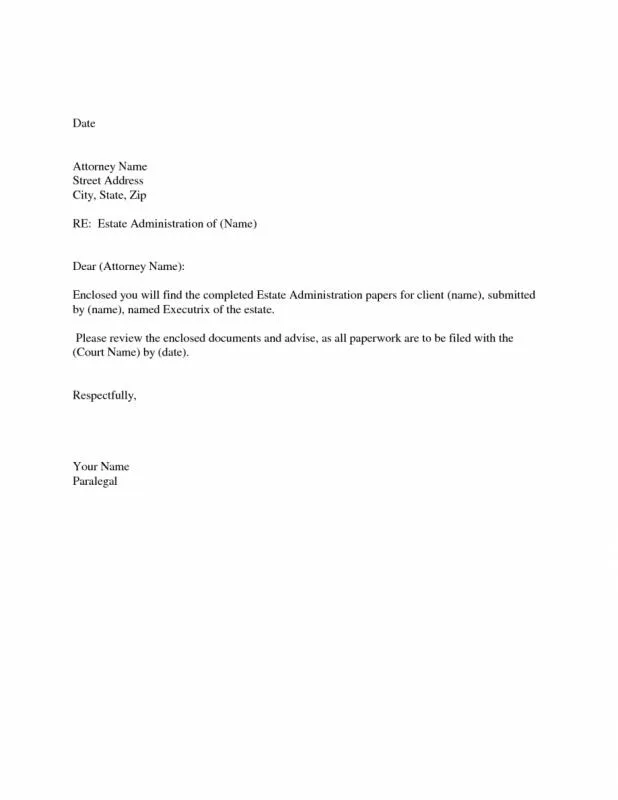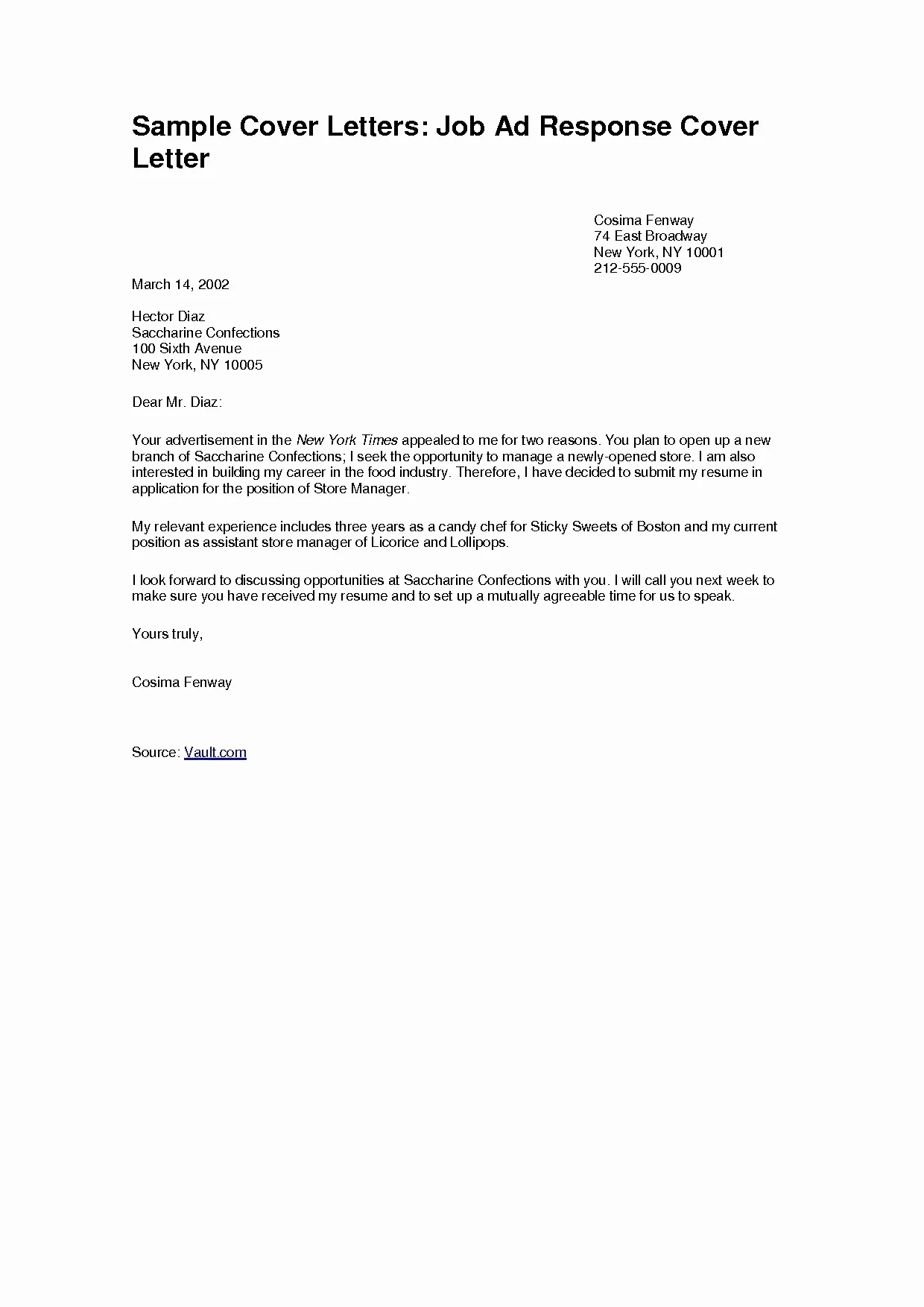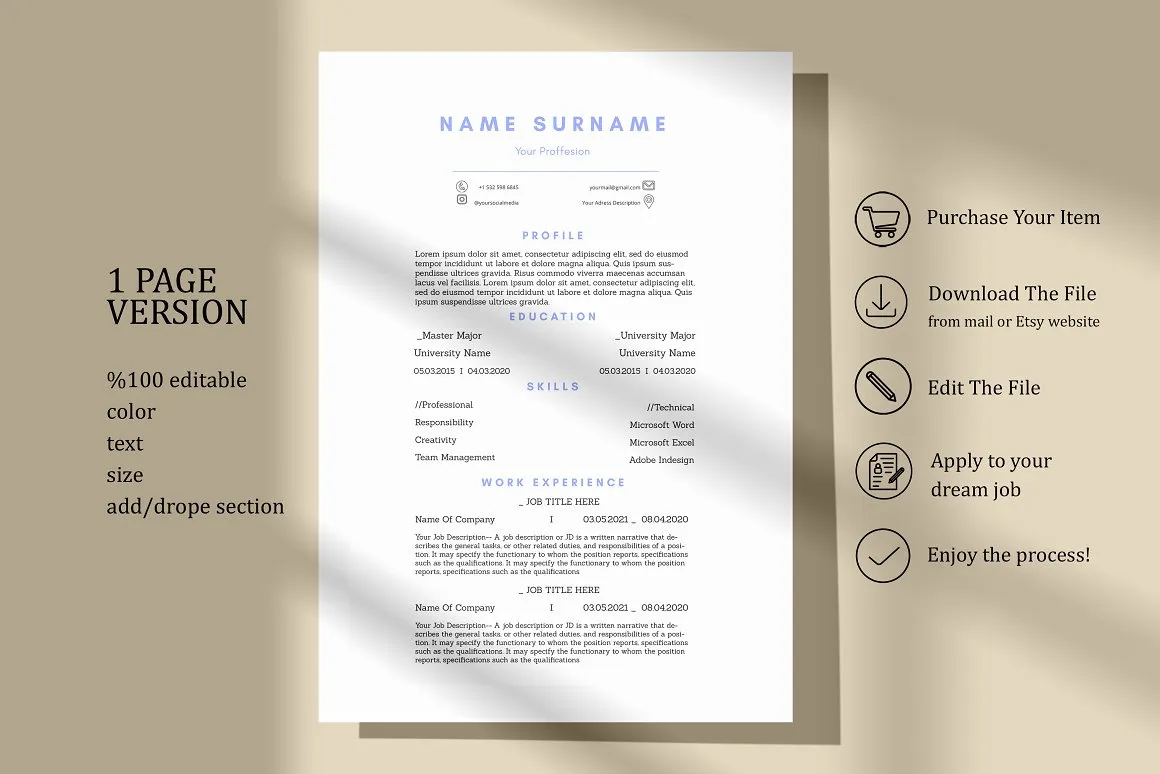What is a Cover Letter?
A cover letter is a one-page document you submit with your resume when applying for a job. It serves as an introduction, providing context to your resume and highlighting your key skills and experiences. Think of it as a personalized sales pitch, designed to convince the hiring manager that you are the perfect candidate for the role. A well-crafted cover letter can significantly increase your chances of getting an interview. It allows you to elaborate on your qualifications and demonstrate your enthusiasm for the position, setting you apart from other applicants who may only submit a resume. Cover letters also give you the opportunity to showcase your writing skills and communication style.
The Importance of a Cover Letter
In today’s competitive job market, a cover letter is more important than ever. While your resume provides a summary of your qualifications, a cover letter gives you the space to tell your story and explain why you’re the right fit for the specific job and company. It allows you to demonstrate your personality and enthusiasm, which can be challenging to convey through a resume alone. Many hiring managers consider a cover letter to be a crucial part of the application process, using it to assess your writing skills, attention to detail, and overall suitability for the role. A strong cover letter can make the difference between getting an interview and being passed over, especially if your resume is similar to other applicants’. It is an opportunity to showcase your communication skills.
How to Write a Cover Letter

Writing a compelling cover letter requires careful planning and execution. Start by researching the company and the specific job requirements. Tailor your letter to the specific position, highlighting the skills and experiences most relevant to the role. Use clear, concise language and avoid jargon. Structure your letter logically, with a strong opening, a persuasive body, and a confident closing. Proofread carefully for any grammatical errors or typos, as these can create a negative impression. Always customize your cover letter. Don’t use a generic template. Show that you’ve taken the time to understand the role and the company’s values. Make sure you’re showcasing achievements and skills relevant for the role.
Formatting a Cover Letter
Proper formatting is essential for creating a professional cover letter. Use a standard font like Times New Roman, Arial, or Calibri, and maintain a font size between 10 and 12 points. Use single spacing and add a space between each paragraph. Include your contact information at the top of the letter, including your name, phone number, email address, and optionally, your LinkedIn profile URL. Address the hiring manager by name, if possible. If you don’t know the hiring manager’s name, research the company’s website or LinkedIn to find it, or use a general salutation like “Dear Hiring Manager.” Keep the letter concise, ideally one page. Use clear and easy-to-read formatting to make the document easy to digest. Ensure there are margins to improve readability.
Opening Paragraph Tips
The opening paragraph is your first opportunity to make a positive impression. Start with a strong hook that grabs the reader’s attention and clearly states the position you are applying for. Mention where you found the job posting and why you are interested in the company. Briefly highlight your most relevant skills or experiences that align with the job requirements. Show enthusiasm for the opportunity and demonstrate that you’ve done your research on the company and the role. Avoid generic opening lines. Instead, craft a compelling introduction that immediately piques the reader’s interest. Use action verbs to create a dynamic and engaging opening. This will also show you have a good grasp of the English language.
Highlighting Skills and Experience

In the body of your cover letter, focus on highlighting the skills and experiences most relevant to the job. Use the job description as a guide, and address each of the key requirements outlined by the employer. Provide specific examples of how you have demonstrated those skills in past roles. Use the STAR method (Situation, Task, Action, Result) to structure your examples. Describe the situation, the task you were assigned, the actions you took, and the results you achieved. This method helps you to present your accomplishments in a clear and concise manner. Back up your claims with quantifiable achievements whenever possible. Focus on experiences and skills that align with the requirements of the role to show suitability. Don’t list everything. Instead, highlight the skills that matter the most.
Quantifying Achievements
Whenever possible, quantify your achievements to demonstrate the impact of your work. Use numbers and data to illustrate your accomplishments and make them more concrete. Instead of saying “Improved customer satisfaction,” say “Increased customer satisfaction by 15%.” Use metrics to show your effectiveness. This helps the hiring manager understand the value you bring to the table. Quantifying your achievements makes your cover letter more persuasive and memorable. It shows that you can deliver results. This will help the employer understand your value as a prospective employee. Use data, statistics, percentages, and dollar amounts to showcase your achievements whenever possible. When possible, incorporate these metrics to make it easier for the hiring manager to quantify your achievements and skills.
Tailoring to the Job
One of the most important tips for writing an effective cover letter is to tailor it to each job application. Do not send a generic cover letter. Customize your letter to address the specific requirements and preferences of the employer. Research the company’s values, mission, and culture. Show that you understand the company’s goals and that you can contribute to their success. Use the job description as a guide to identify the key skills and experiences the employer is seeking. Highlight the skills and experiences most relevant to the role. Demonstrate how your qualifications align with the job requirements. The more relevant your skills and experience are, the more likely you are to get an interview. Show genuine interest.
Closing Paragraph Best Practices

The closing paragraph should leave a lasting positive impression. Reiterate your interest in the position and summarize your key qualifications. Thank the hiring manager for their time and consideration. Express your enthusiasm for the opportunity to learn more about the role. Include a call to action, such as stating that you are available for an interview and providing your contact information again. Keep it concise and professional. Avoid clichés and generic phrases. Make sure your closing paragraph conveys confidence and professionalism. End with a strong and compelling statement to leave the hiring manager with a positive impression of you as a potential employee.
Proofreading and Editing
Before submitting your cover letter, carefully proofread and edit it for any errors. Check for grammatical errors, typos, and punctuation mistakes. Ensure that the letter is free of any stylistic inconsistencies. Read the letter aloud to catch any awkward phrasing or unclear sentences. Ask a friend or family member to review your cover letter for feedback. They may notice things that you have missed. A well-written, error-free cover letter demonstrates your attention to detail and professionalism. It can also create a positive impression on the hiring manager. Proofreading is an essential step in ensuring that your cover letter makes the best possible impression. Make sure to read it carefully, or have another person review it to ensure all grammar and other errors are corrected.
Writing a cover letter is a crucial step in the job application process. By following these tips, you can create a compelling and effective cover letter that highlights your qualifications and increases your chances of getting an interview. Remember to tailor your letter to each job, highlight relevant skills, quantify your achievements, and proofread carefully. Good luck with your job search!
